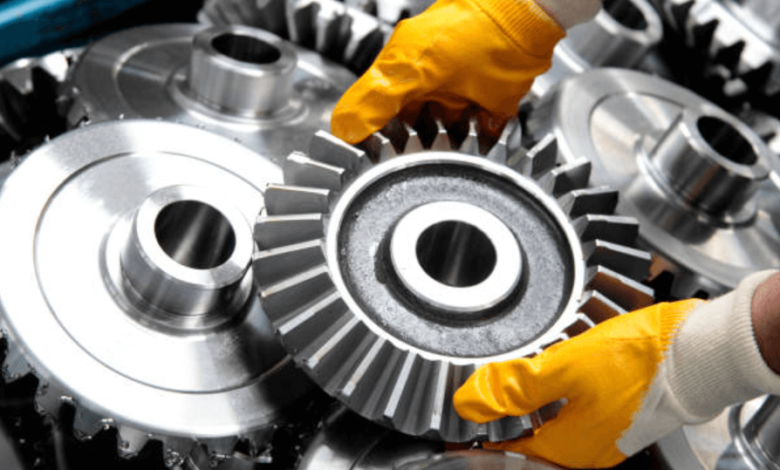How to Keep Electrical Gear Running Longer—Without Costly Overhauls

Electrical equipment isn’t cheap — and neither is the downtime when it fails. Whether you’re managing a facility, plant, or commercial site, extending the lifespan of your gear can make a serious difference to your bottom line. Small preventive steps can add years of use to your systems, and many don’t require major investments. Techniques like Partial Discharge Testing, for example, are just one of several ways teams spot early signs of wear without shutting anything down.
But beyond the tech tools, keeping your gear running longer often comes down to smart habits, clear planning, and regular attention to the details that most people overlook.
Focus on Prevention, Not Just Repair
The biggest mistake many teams make? Waiting for something to break before acting. By the time a part fails, the damage has usually spread — and you’ve lost time, money, and possibly other components in the process.
Instead, look at maintenance as a way to prevent expensive surprises. A well-executed plan doesn’t just catch problems early — it often stops them from happening in the first place.
Build a Smarter Maintenance Schedule
Instead of relying on generic checklists or set-it-and-forget-it routines, tailor your maintenance plan to match your equipment’s actual use and risk level.
Key factors to consider:
- How old is the equipment?
- What’s the operating environment like (heat, dust, humidity)?
- How critical is the system to day-to-day operations?
- Are there known issues from the manufacturer or past service history?
By prioritising high-risk or high-value systems, you can focus your efforts where they’ll make the biggest difference.
See also: Why Choosing the Right Restaurant Tables Matters
Small Actions That Make a Big Difference
You don’t always need a major overhaul to see results. In fact, some of the most effective actions are quick, simple, and easy to overlook.
Examples include:
- Tightening loose connections (which reduces heat and wear)
- Cleaning vents, fans, and filters to prevent overheating
- Replacing aging seals or insulation before they crack or absorb moisture
- Testing backup systems regularly to ensure they’re ready when needed
These steps take minimal time but can significantly extend system life.
Keep an Eye (and Ear) on Your Equipment
Your gear will often give you warning signs before it fails — if you know what to look for.
Common early indicators include:
- Buzzing, humming, or popping sounds
- Strong smells (like burning plastic or ozone)
- Discoloured or hot components
- Intermittent faults or tripped breakers
- Visual signs of wear, corrosion, or damag
Encourage your team to report anything unusual, even if it seems small. A proactive check now could prevent a major breakdown later.
Use Data to Guide Your Decisions
Every maintenance action you take is more effective when it’s backed by real information. Even basic data — like fault logs or previous repair records — can reveal useful patterns.
Start tracking:
- How often faults occur (and where)
- Time between service visits or part replacements
- Environmental readings like humidity or temperature spikes
- Which repairs worked — and which ones didn’t
This insight helps you refine your schedule, spot weak points, and invest in the right upgrades over time.
Educate Your Team
Even the best maintenance plan won’t work if the people executing it aren’t on board. Training your team to understand not just what to do, but why it matters, helps create consistency and accountability.
Quick tips:
- Use short checklists with clear priorities
- Explain how maintenance impacts safety and costs
- Set up quick refreshers during team meetings
- Celebrate when proactive maintenance prevents an issue — it reinforces the value
The Long Game Pays Off
Keeping your electrical gear in top shape isn’t about doing more — it’s about doing the right things regularly. When you plan ahead, pay attention to the warning signs, and invest time in preventive care, you not only avoid costly overhauls — you maximise the value of the systems you already have.
And over time, that consistency builds a more efficient, reliable operation — with far fewer unexpected disruptions.




